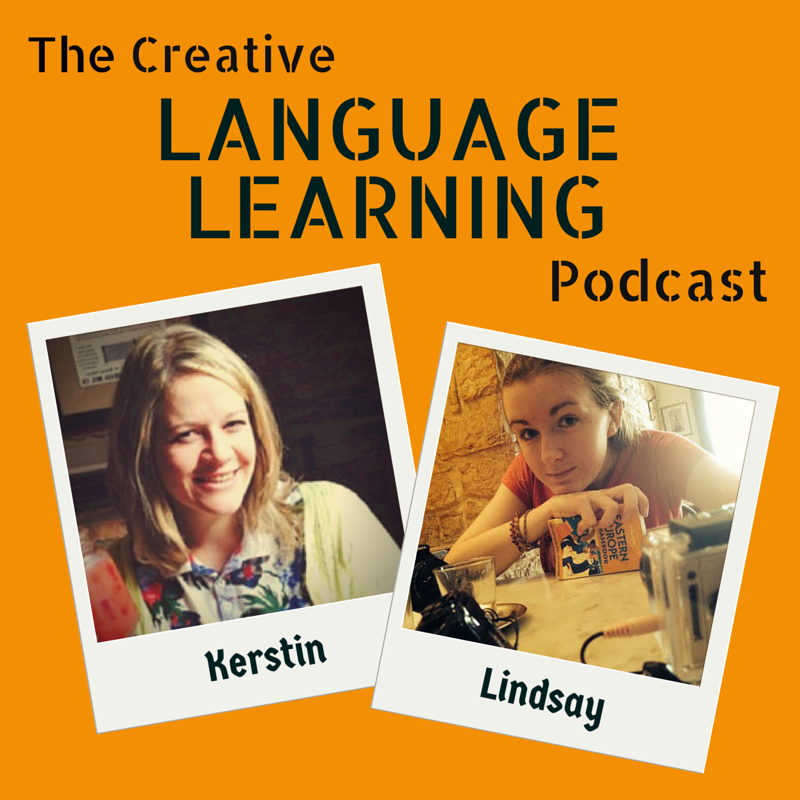Episode 35 of the Creative Language Learning Podcast is brought to you with support from HelloTalk. Go visit them NOW!
Do you remember when you first heard the word "polyglot"?
And what does this word mean to you?
Show Topic: What Is a "Polyglot" and Should You Be One?
In this episode, Lindsay and I went deeper into what's changed in the emerging community of internet polyglots. A few years ago, the YouTube landscape in particular was a nasty place. But things are looking up!
What does the word mean, and is being polyglot desirable?
Far from being entirely opposed to polyglots as a barrage of braggards and internet trolls, we are able to bring you many positive thoughts and perspectives.
Polyglot Guest: Alex Rawlings
In this episode, we have a special guest who is a famous fancy polyglot and known for winning the prestigious Harper-Collins award of being [Britain's Most Multilingual Student]. It's Alex Rawlings, co-founder of the [Polyglot Conference] and "full-time language guru dude".
Polyglots have existed a lot longer than YouTube.
Alex did an amazing job of describing how the polyglot community has changed and also why it wasn't a great place to start out in. It's fascinating how much YouTube comes up in this discussion. He shares the story of bringing a bit of offline magic into the online world, and we agree that the internet is now a nicer place for language learners, and thank God for that.
Takeaway of the Week
"It is what you make it."
There is still a personal challenge to readers, but also a real sense of permission to make the word mean what it means to you. Polyglots might be online, offline, nice, nasty, multilingual or just really curious.
For me, the biggest update to the polyglot label was the idea of it being all about the intention of learning languages, and the interest, and the passion. I love that!
Links and Tips from This Episode
- Alex Rawlings writes at Rawlangs
- Lindsay on Youtube: What's a Polyglot?
- Kerstin speaks (reads!!!!) 25 European languages - the best part of making this video was finding native speakers of 25 languages in one week. I even rang the Icelandic and Luxembourgish tourist offices. ^__^
- My Blog Article from May 2014, summing up all the polyglot negatives
- Polyglot Conference - this year in Greece and the Polyglot Workshops or just search for any of these things on Facebook
- Polyglot Gathering in Berlin
- HelloTalk
Are you going to claim the polyglot title this year? Or still not convinced?










